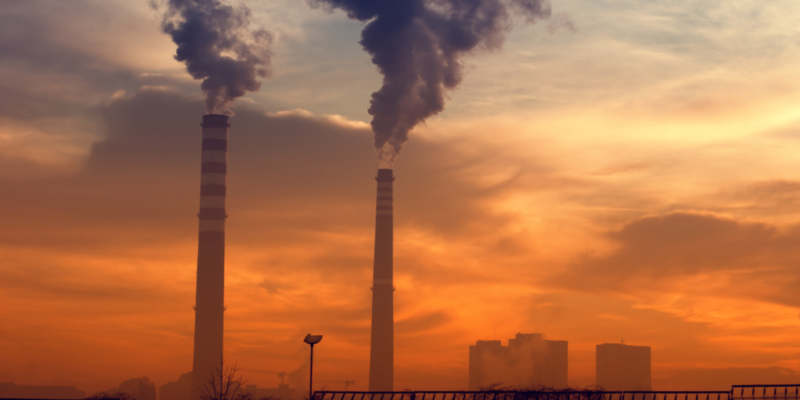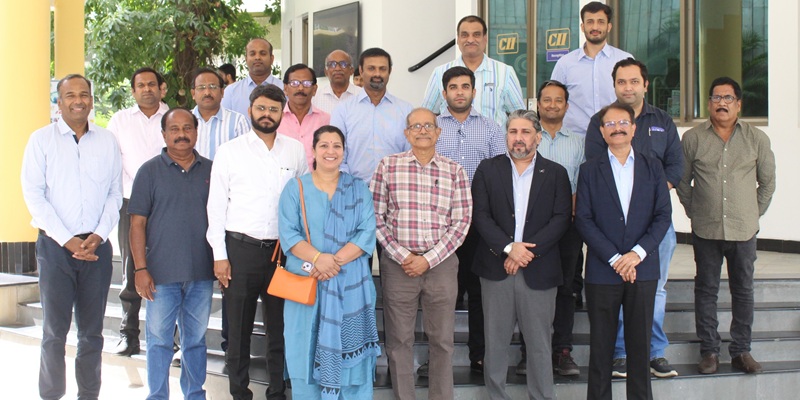Schedule a Call Back
Sustainability: A win-win strategy for Indian manufacturing
 Articles
Articles- Mar 01,19

Related Stories

Cement Industry invests Rs 5,500 cr in Green Power for 537MW capacity boost
In an effort to reduce emissions by 15-17% over the next 8-10 years, major cement players in the country are increasing their utilisation of blended cement, which incorporates less clinker and there..
Read more
Aluminium has potential for significant applications in RE sector
Aluminium (Al) offers benefits like high strength to weight ratio, corrosion resistance, exceptional design flexibility, etc making it highly suitable for applications in renewable energy (RE) secto..
Read more
Henkel India receives Frost & Sullivan Sustainability Award
The awards were presented to the winners during the annual India Sustainability Leadership Summit 2019 and Sustainability 4.0 Awards organized by Frost & Sullivan and The Energy and Resources Instit..
Read moreRelated Products

Surface Protection Film
Spark adhesives offers a wide range of surface protection
film.

Anaerobic Adhesives
Parson Adhesives India Private Limited offers a wide range of anaerobic adhesives.

Speciality Adhesives & Emulsions
Sonal Adhesives Limited offers a wide range of speciality adhesives & emulsions.















